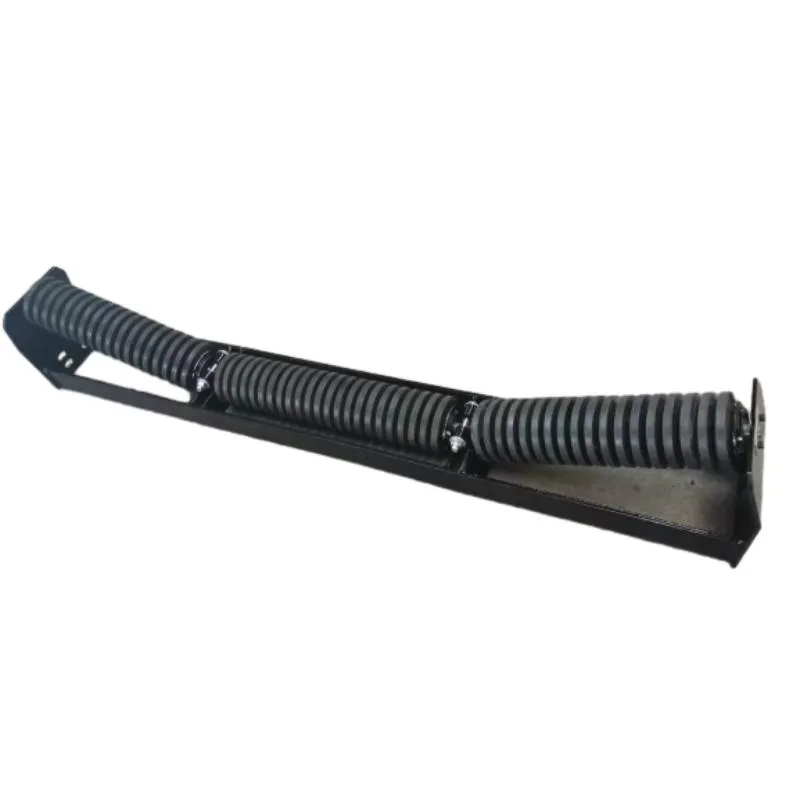 Afrikaans
Afrikaans  Albanian
Albanian  Amharic
Amharic  Arabic
Arabic  Armenian
Armenian  Azerbaijani
Azerbaijani  Basque
Basque  Belarusian
Belarusian  Bengali
Bengali  Bosnian
Bosnian  Bulgarian
Bulgarian  Catalan
Catalan  Cebuano
Cebuano  Corsican
Corsican  Croatian
Croatian  Czech
Czech  Danish
Danish  Dutch
Dutch  English
English  Esperanto
Esperanto  Estonian
Estonian  Finnish
Finnish  French
French  Frisian
Frisian  Galician
Galician  Georgian
Georgian  German
German  Greek
Greek  Gujarati
Gujarati  Haitian Creole
Haitian Creole  hausa
hausa  hawaiian
hawaiian  Hebrew
Hebrew  Hindi
Hindi  Miao
Miao  Hungarian
Hungarian  Icelandic
Icelandic  igbo
igbo  Indonesian
Indonesian  irish
irish  Italian
Italian  Japanese
Japanese  Javanese
Javanese  Kannada
Kannada  kazakh
kazakh  Khmer
Khmer  Rwandese
Rwandese  Korean
Korean  Kurdish
Kurdish  Kyrgyz
Kyrgyz  Lao
Lao  Latin
Latin  Latvian
Latvian  Lithuanian
Lithuanian  Luxembourgish
Luxembourgish  Macedonian
Macedonian  Malgashi
Malgashi  Malay
Malay  Malayalam
Malayalam  Maltese
Maltese  Maori
Maori  Marathi
Marathi  Mongolian
Mongolian  Myanmar
Myanmar  Nepali
Nepali  Norwegian
Norwegian  Norwegian
Norwegian  Occitan
Occitan  Pashto
Pashto  Persian
Persian  Polish
Polish  Portuguese
Portuguese  Punjabi
Punjabi  Romanian
Romanian  Russian
Russian  Samoan
Samoan  Scottish Gaelic
Scottish Gaelic  Serbian
Serbian  Sesotho
Sesotho  Shona
Shona  Sindhi
Sindhi  Sinhala
Sinhala  Slovak
Slovak  Slovenian
Slovenian  Somali
Somali  Spanish
Spanish  Sundanese
Sundanese  Swahili
Swahili  Swedish
Swedish  Tagalog
Tagalog  Tajik
Tajik  Tamil
Tamil  Tatar
Tatar  Telugu
Telugu  Thai
Thai  Turkish
Turkish  Turkmen
Turkmen  Ukrainian
Ukrainian  Urdu
Urdu  Uighur
Uighur  Uzbek
Uzbek  Vietnamese
Vietnamese  Welsh
Welsh  Bantu
Bantu  Yiddish
Yiddish  Yoruba
Yoruba  Zulu
Zulu Essential Components for Efficient Conveyor Systems and Their Functions
Understanding Conveyor Parts The Backbone of Material Handling Systems
Conveyor systems are pivotal in various industries, ranging from manufacturing to warehousing, as they facilitate the efficient movement of goods and materials. The effectiveness of these systems largely depends on their individual components, collectively known as conveyor parts. Understanding these components can enhance operational efficiency, reduce downtime, and streamline maintenance efforts.
Main Components of Conveyor Systems
1. Belts The conveyor belt is perhaps the most recognizable part of any conveyor system. It is designed to carry materials from one point to another. There are various types of belts, including flat belts, modular belts, and cleated belts, each suitable for different applications. Flat belts are often used for lighter loads, while modular belts are ideal for more complex configurations.
2. Rollers Rollers serve as the support structure for the conveyor belt. They enable smooth movement, reduce friction, and are essential for the belt’s longevity. Rollers can be categorized into various types, including drive rollers, idler rollers, and return rollers, each with a specific function in the conveyor system.
3. Frames The frame acts as the skeleton of the conveyor system, providing stability and support. Frames are typically made of durable materials like steel or aluminum, and their design can vary depending on the conveyor type and application. A robust frame ensures the conveyor can withstand heavy loads and is essential for maintaining the overall integrity of the system.
4. Motors and Drives The motor is the heart of the conveyor system, providing the necessary power to move the belt and materials. Different types of motors, such as electric or hydraulic, can be employed depending on the application requirements. The drive system, which includes pulleys and gears, converts the motor's rotational power into linear motion, facilitating the movement of the belt.
5. Pulleys Pulleys play a critical role in conveyor operations. There are two main types drive pulleys, which are driven by the motor, and tail pulleys, which are typically located at the opposite end of the conveyor. Pulleys guide the belt and help maintain tension, ensuring smooth operation. The right selection and maintenance of pulleys are crucial for preventing belt slippage and misalignment.
conveyor parts

6. Take-Up Devices These devices are essential for maintaining the proper tension in the conveyor belt. As a belt wears down or stretches, a take-up device compensates for the loss of tension, ensuring the belt remains taut and operates efficiently. There are various types of take-up devices, including manual and automatic systems.
Importance of Quality Conveyor Parts
Investing in high-quality conveyor parts is essential for the efficient operation of a conveyor system
. Poor-quality components can lead to increased wear and tear, frequent breakdowns, and ultimately higher operational costs. Manufacturers must ensure that all parts meet stringent quality standards and are suitable for the specific application to maximize the conveyor system’s performance.Maintenance and Management
Regular maintenance of conveyor parts is necessary to prolong the life of the entire system. Routine inspections can help identify wear and tear early on, allowing for timely replacements before they lead to significant issues. Furthermore, training staff on proper handling and operational techniques can minimize unnecessary wear on components, ensuring the system operates smoothly.
Conclusion
In conclusion, conveyor parts are crucial to the functionality and efficiency of material handling systems. By understanding each component's role and investing in high-quality parts, industries can enhance their operational efficiency and reduce downtime. Whether in manufacturing, warehouse logistics, or distribution, the commitment to maintaining effective conveyor systems is integral to achieving streamlined operations and meeting production demands. Investing time and resources into understanding and maintaining conveyor parts will yield significant returns in productivity and cost savings in the long run.
-
Revolutionizing Conveyor Reliability with Advanced Rubber Lagging PulleysNewsJul.22,2025
-
Powering Precision and Durability with Expert Manufacturers of Conveyor ComponentsNewsJul.22,2025
-
Optimizing Conveyor Systems with Advanced Conveyor AccessoriesNewsJul.22,2025
-
Maximize Conveyor Efficiency with Quality Conveyor Idler PulleysNewsJul.22,2025
-
Future-Proof Your Conveyor System with High-Performance Polyurethane RollerNewsJul.22,2025
-
Driving Efficiency Forward with Quality Idlers and RollersNewsJul.22,2025





























